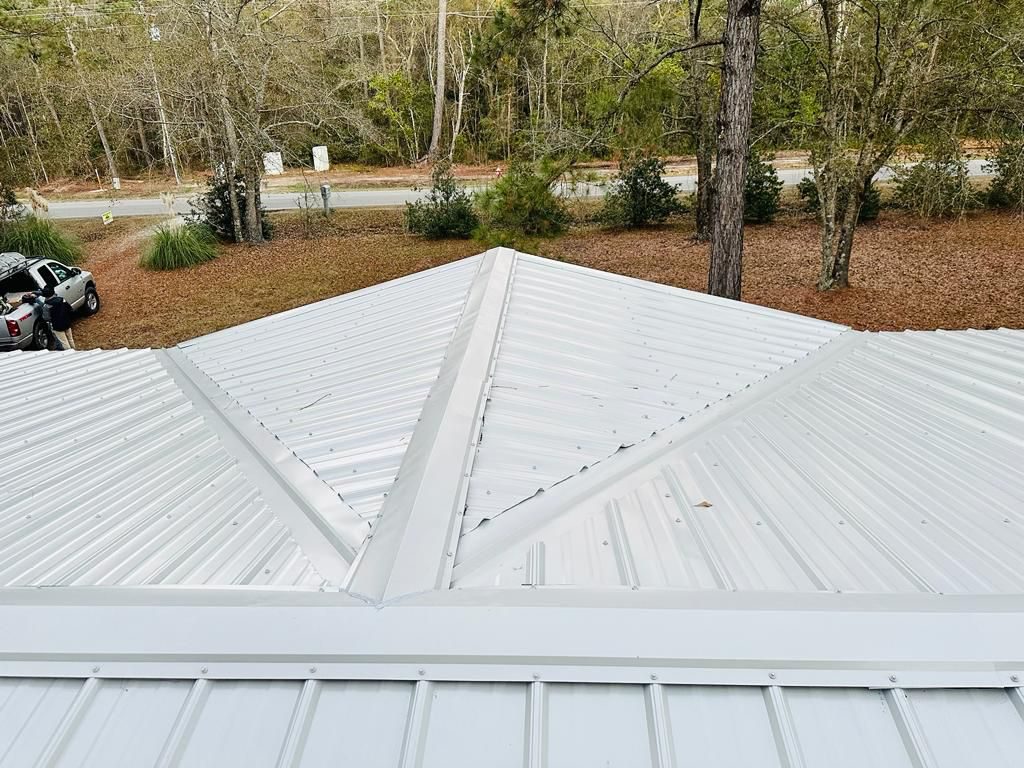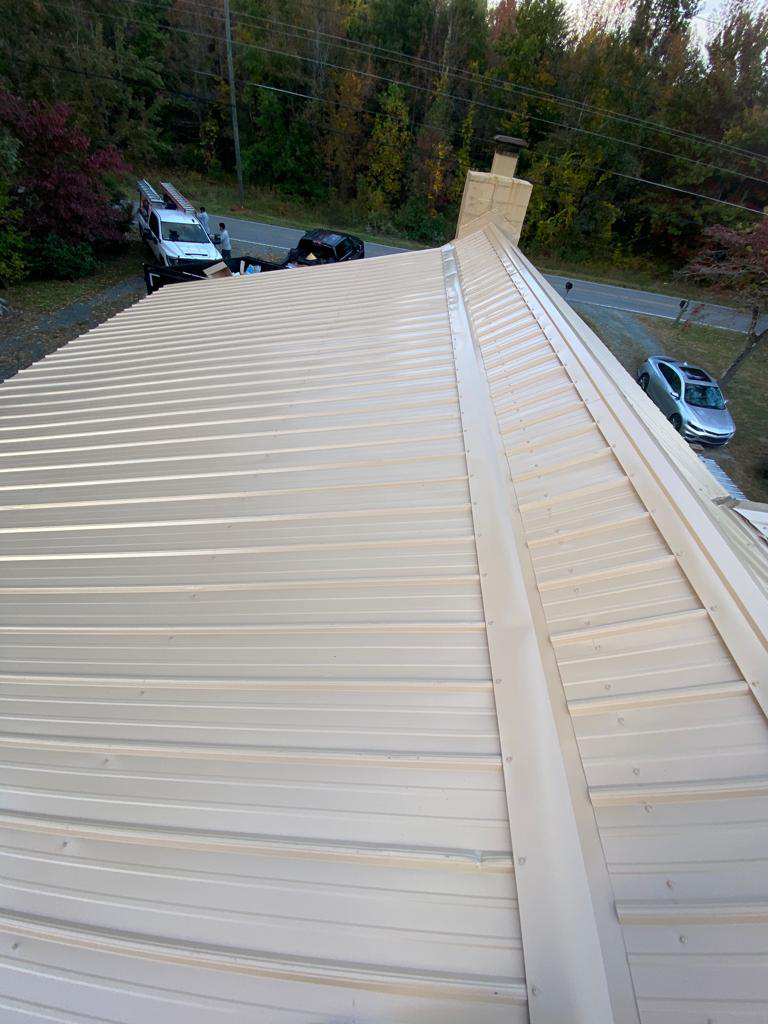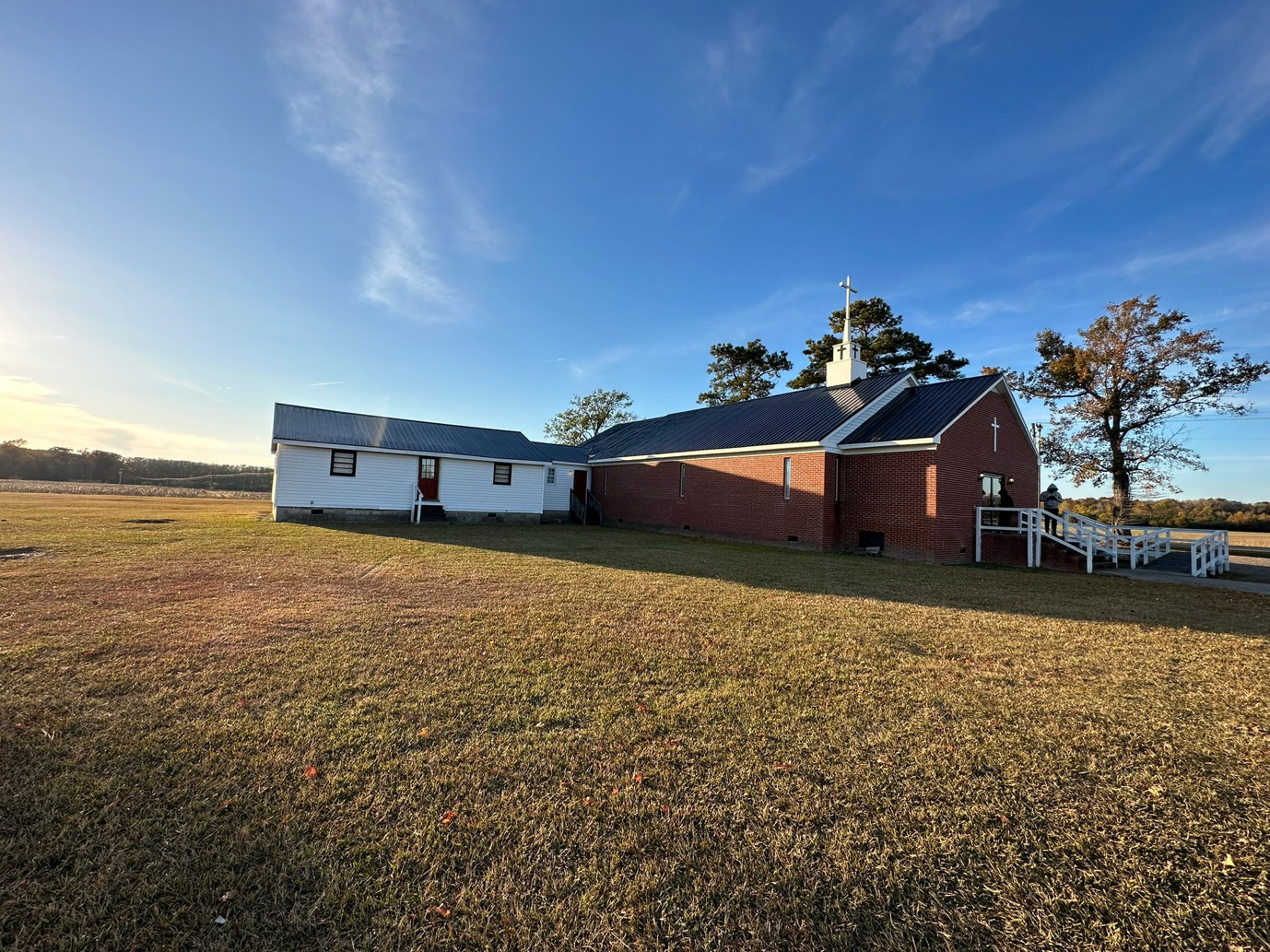The choices we make for our homes matter more than ever. One such choice, often overlooked but vitally important, is the type of roofing.
This is where metal roofing enters the picture as a champion of sustainability and energy efficiency.
Far from being just a shield against the elements, metal roofs are a cornerstone in the creation of sustainable, energy-efficient homes. They’re a testament to how innovative building materials can harmonize with environmental stewardship.
The Shift to Sustainability
The global shift toward sustainability in building practices is more than a trend; it’s a response to the urgent need for environmental stewardship and resource conservation.
In this context, the roofing industry is undergoing a significant transformation with metal roofing emerging as a key player in sustainable building solutions. This shift is driven by a growing awareness of the environmental impact of construction materials and methods among homeowners, builders, and architects.
Sustainability in roofing encompasses several factors, including the use of eco-friendly materials, energy efficiency, and the overall lifecycle impact of the roofing material. Metal roofing aligns well with these principles due to its composition, efficiency, and recyclability. It represents a move away from traditional, often wasteful building practices toward more responsible and sustainable methods.
One of the critical aspects of this shift is the focus on reducing carbon footprints. Metal roofs, with their high recycled content and recyclability at the end of their lifespan, contribute significantly to this goal. They offer an alternative to conventional roofing materials like asphalt shingles, which require frequent replacement and contribute to landfill waste.
Additionally, the energy efficiency of metal roofs plays a vital role in their sustainability profile. By reflecting solar heat, they reduce the need for air conditioning, thereby cutting down on energy consumption and greenhouse gas emissions. This energy-saving aspect is particularly essential in the face of increasing energy costs and the global push for reduced energy usage.
The sustainability shift is also evident in regulatory and policy changes, with more building codes and standards now emphasizing green building practices. These regulations often encourage or mandate the use of materials like metal roofing due to their environmental benefits.
Durability and Longevity

Unlike traditional roofing materials that may have a shorter lifespan and require frequent maintenance or replacement, metal roofs offer a long-term solution with a lifespan that can extend up to 50 years or more.
This durability is a result of the inherent strength of metal and its resistance to many of the factors that can degrade other roofing materials.
Metal roofs are designed to withstand extreme weather conditions, including heavy rain, snow, hail, and high winds. They are also resistant to damage from UV rays, which can cause other roofing materials to deteriorate over time. This resilience means that metal roofs maintain their integrity and appearance for many years with minimal need for repairs or maintenance.
Unlike wood or other organic materials, metal does not attract pests like termites, nor does it support the growth of mold or mildew. This feature further extends the life of the roof and reduces the need for maintenance.
Roofs that need to be replaced every 10 to 20 years create ongoing demand for new materials and contribute to construction waste. Metal roofs, with their extended lifespan, reduce this cycle of material usage and waste. Their long life also means less frequent roof replacements, which translates to reduced labor and resource use over time.
Furthermore, the durability of metal roofs can have a direct impact on a home’s overall structure. By providing reliable, long-term protection for the building, they help ensure the structural integrity of the entire home. This protection reduces the likelihood of damage to other parts of the building, which can be costly to repair and have their environmental impacts.
Energy Efficiency

Unlike traditional roofing materials that absorb and transmit solar heat into the home, metal roofs reflect a significant portion of the sun’s rays. This reflective property minimizes heat transfer into the attic and subsequently into the living spaces below. As a result, the interior of the home remains cooler, reducing the reliance on air conditioning systems during hot weather.
The reduced thermal gain in summer months leads to considerable energy savings, as air conditioning systems are among the largest consumers of electricity in homes.
Moreover, metal roofs can be installed with an integrated airspace between the roofing material and the underlying structure. This installation method further enhances their energy efficiency by creating a natural ventilation barrier, allowing for additional insulation from heat and cold. In colder climates, this can help in retaining heat within the home, reducing the energy needed for heating.
Additionally, energy-efficient roofing is often incentivized by various programs and rebates, making metal roofs an economically attractive option. Homeowners can benefit from these incentives, further offsetting the initial costs of installing a metal roof.
Cool Roof Technology
Cool roof technology is a significant advancement in the roofing industry. This technology involves the use of special coatings that are designed to reflect more sunlight and absorb less heat than standard roofing materials.
Cool metal roofs are treated with highly reflective types of paint, sheet covering, or highly reflective tiles or shingles.
The primary mechanism behind cool roof technology is the reflection of the sun’s infrared and ultraviolet rays. These rays are the main contributors to roof surface heat. By reflecting these rays, cool roofs maintain a lower surface temperature, which in turn reduces heat transferred to the building’s interior. This reduction in heat gain keeps indoor spaces cooler and reduces the burden on air conditioning systems.
In addition to reducing building cooling requirements, cool roof technology has a broader environmental impact. By lowering roof temperatures, it reduces the heat island effect in urban areas. Heat islands occur when urban areas become significantly warmer than their rural surroundings, mainly due to human activities and the concentration of surfaces that absorb and re-emit the sun’s heat. Cool roofs help mitigate this effect, contributing to lower urban temperatures and improved air quality.
Cool metal roofs also exhibit superior durability and moisture resistance thanks to their reflective coatings. These coatings can protect the roof from UV damage, which can degrade roofing materials over time. As a result, cool metal roofs often have a longer lifespan than traditional roofing materials, further enhancing their sustainability and cost-effectiveness.
Start Working with James KentonTop of Form

The journey through the world of metal roofing and its remarkable energy efficiency underscores the importance of choosing sustainable building materials.
Metal roofs, with their inherent durability and advanced cool roof technology, stand as a testament to what modern engineering and commitment to sustainability can achieve. They offer a pathway to a more environmentally responsible future.
In this realm of innovative roofing solutions, professionals like James Kenton are leading the charge. Based in Tennessee, James Kenton brings three decades of expertise in the metal roofing industry to the table. His deep understanding of the nuances of energy-efficient roofing, combined with a steadfast commitment to sustainable practices, positions him as a vanguard in this field.
For those considering the switch to metal roofing, or seeking to enhance their home’s energy efficiency, James Kenton stands as an invaluable resource. His experience and passion for eco-friendly building practices means every project he undertakes is aligned with the principles of sustainability and efficiency.
Contact him for a partnership that promises a transformed home that speaks volumes of your taste and foresight! James Kenton is available on Facebook, LinkedIn, and X.
